How to Add JARs to Project Build Paths in Eclipse (Java)
Part 1 of 5:
Adding Internal JARs
-
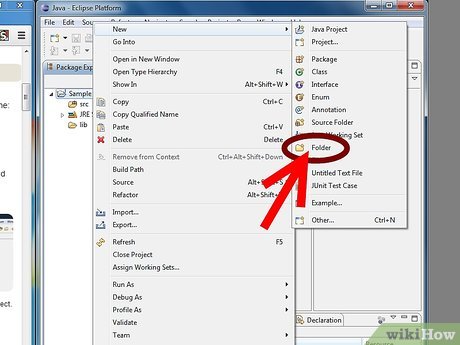 Create a new folder named lib in your project folder. This stands for "libraries" and will contain all the JARs you'll be using for that project.
Create a new folder named lib in your project folder. This stands for "libraries" and will contain all the JARs you'll be using for that project. -
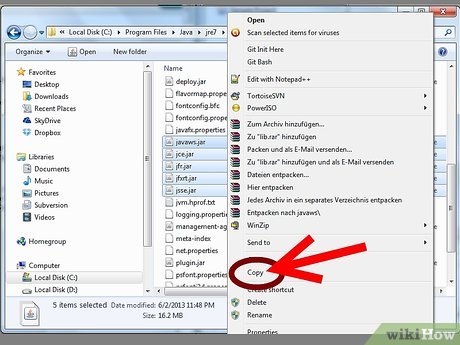 Copy and paste the JARs you need to lib. Select the JAR files you need and right-click them. Select them and click copy. Then paste them into the lib folder by clicking File then Paste or using Control or Command V.
Copy and paste the JARs you need to lib. Select the JAR files you need and right-click them. Select them and click copy. Then paste them into the lib folder by clicking File then Paste or using Control or Command V. -
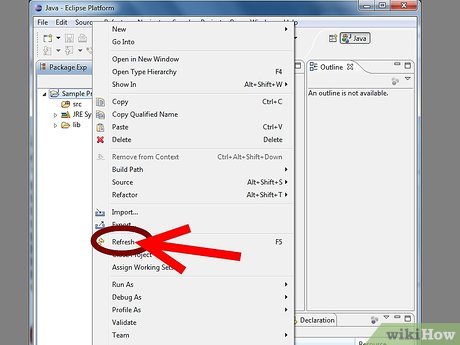 Refresh your project. Do this by right-clicking the project name and selecting Refresh. The lib folder will now be visible in Eclipse with the JARs inside.
Refresh your project. Do this by right-clicking the project name and selecting Refresh. The lib folder will now be visible in Eclipse with the JARs inside.
Part 2 of 5:
Configuring Your Build Path
- Expand the lib folder in Eclipse. Click the arrow to the left of the folder to expand it.
-
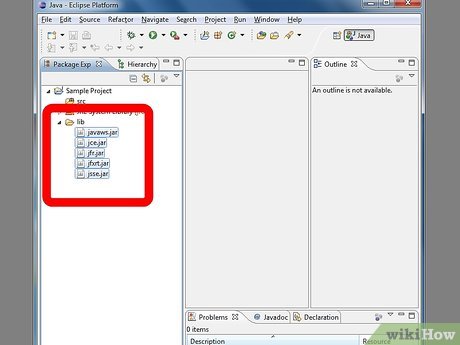 Select all the JARs you need. Hold ⇧ Shift and click the JARs in the expanded folder.
Select all the JARs you need. Hold ⇧ Shift and click the JARs in the expanded folder. - Right-click the JARs. This opens a pop-up menu to the right.
-
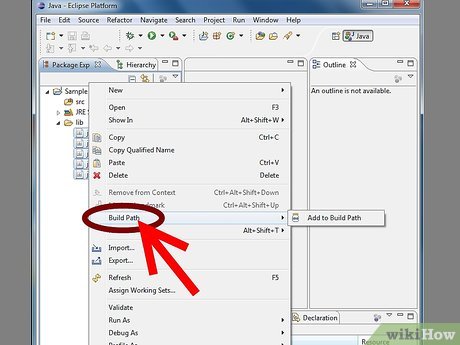 Navigate to Build Path. Placing the mouse cursor over "Build Path" displays a submenu to the left.
Navigate to Build Path. Placing the mouse cursor over "Build Path" displays a submenu to the left. - Select Add to Build Path. The JARs will disappear from lib and reappear in Referenced Libraries.
Part 3 of 5:
Configuring Your Build Path (Alternative Method)
- Right-click the project name. This displays a pop-up menu to the right.
-
 Navigate to Build Path. It's in the pop-up menu that displays when you right-click on the project name. This displays a sub-menu to the right.
Navigate to Build Path. It's in the pop-up menu that displays when you right-click on the project name. This displays a sub-menu to the right. -
 Click Configure Build Path. The project properties window will appear showing your build path configurations.
Click Configure Build Path. The project properties window will appear showing your build path configurations. -
 Select the Libraries tab. It's at the top of the project properties window.
Select the Libraries tab. It's at the top of the project properties window. -
 Click Add JARs. It's on the right side of the project properties window.
Click Add JARs. It's on the right side of the project properties window. -
 Select the JARs you want and click OK. The JARs will now appear in the list of libraries in the build path.
Select the JARs you want and click OK. The JARs will now appear in the list of libraries in the build path. -
 Click OK to close the properties window. The JARs will now be in Referenced Libraries instead of lib.
Click OK to close the properties window. The JARs will now be in Referenced Libraries instead of lib.
Part 4 of 5:
Adding External JARs
- Right-click the project name. This displays a pop-up menu to the right.
- Note: It is much better to reference JARs that exist in your project or in other projects - this allows you to check in all of your dependencies to your version control system.
-
 Navigate to Build Path. This displays a sub-menu to the right.
Navigate to Build Path. This displays a sub-menu to the right. -
 Click Configure Build Path. The project properties window will appear showing your build path configurations.
Click Configure Build Path. The project properties window will appear showing your build path configurations. -
 Click Add Variable. It's to the right of the project properties window.
Click Add Variable. It's to the right of the project properties window. -
 Click Configure Variables. It's at the bottom of the New Variables window.
Click Configure Variables. It's at the bottom of the New Variables window. -
 Click New. It's at the bottom of the preferences window.
Click New. It's at the bottom of the preferences window. -
 Type a name for the new variable. For example, if these are JARs for Tomcat, perhaps you could call it "TOMCAT_JARS".
Type a name for the new variable. For example, if these are JARs for Tomcat, perhaps you could call it "TOMCAT_JARS". -
 Browse to the directory that contains the JAR for the path. Click the Folder button and browse to the directory that contains the JAR path.
Browse to the directory that contains the JAR for the path. Click the Folder button and browse to the directory that contains the JAR path.- You can also Click File and select a specific jar file for the variable, if you prefer.
-
 Click OK. This defines the variables.
Click OK. This defines the variables. -
 Click OK. This closes the preferences dialog.
Click OK. This closes the preferences dialog. -
 Select the variable from the list. Click the variable to select it.
Select the variable from the list. Click the variable to select it. -
 Click Extend. It's the button to the right of the list of variables.
Click Extend. It's the button to the right of the list of variables. -
 Select the JAR(s) that you want to add to the classpath. Click to select the JARs. Hold ⇧ Shift to select multiple JARs.
Select the JAR(s) that you want to add to the classpath. Click to select the JARs. Hold ⇧ Shift to select multiple JARs. -
 Click OK. This closes the extend dialog window.
Click OK. This closes the extend dialog window. -
 Click OK. This closes the new classpath variable dialog.
Click OK. This closes the new classpath variable dialog. -
 Click OK. This closes the build path setup dialog.
Click OK. This closes the build path setup dialog.- If you share the project with someone else, they must also define the variable. They can define it under Window->Preferences->Java->Build Path->Classpath Variables.
Adding External JARs (Alternative Method 1)
- Right-click the project name. This displays a pop-up menu to the side.
- Note: If you use this method, the external JAR will need to be in the same location on the hard drive for anyone who uses this project. This can make sharing a common project more difficult.
-
 Navigate to Build Path. This displays a sub-menu to the right.
Navigate to Build Path. This displays a sub-menu to the right. -
 Click Add External Archives. It's in the Build Path sub-menu.
Click Add External Archives. It's in the Build Path sub-menu.
-
 Select the JARs you want and click Open. The JARs will now appear in Referenced Libraries.
Select the JARs you want and click Open. The JARs will now appear in Referenced Libraries.
Part 5 of 5:
Adding External JARs (Alternative Method 2)
- Right-click the project name. This displays a pop-up menu to the right.
- Note: If you use this method, the external JAR will need to be in the same location on the hard drive for anyone who uses this project. This can make sharing a common project more difficult.
-
 Navigate to Build Path. It's in the pop-up menu that appears when you right-click the project name.
Navigate to Build Path. It's in the pop-up menu that appears when you right-click the project name. -
 Click Configure Build Path. The project properties window will appear showing your build path configurations.
Click Configure Build Path. The project properties window will appear showing your build path configurations. -
 Select the Libraries tab. It's at the top of the project properties window.
Select the Libraries tab. It's at the top of the project properties window. -
 Click Add External JARs. It's on the right side of the project properties window.
Click Add External JARs. It's on the right side of the project properties window. -
 Select the JARs you want and click Open. The JARs will now appear in the list of libraries in the build path.
Select the JARs you want and click Open. The JARs will now appear in the list of libraries in the build path. -
 Click OK to close the properties window. The JARs will now be in Referenced Libraries.
Click OK to close the properties window. The JARs will now be in Referenced Libraries.
4.1 ★ | 8 Vote
You should read it
- How to Open an MPP File on PC or Mac
- Toshiba will be the main supplier for Project Ara
- How to Set Java Home
- How to fix the long path of the directory path on Windows
- Change the path to save screenshots on Windows 10
- How to Set the Path in Java
- How to Find a File's Path on Windows
- Did you know Windows 10 solved the path problem longer than 260 characters? Read the article below
May be interested
- What is a solar eclipse? When does a solar eclipse take place?
 besides the lunar eclipse, eclipse is also one of the interesting astronomical phenomena that can be observed from the earth, getting the attention of many people.
besides the lunar eclipse, eclipse is also one of the interesting astronomical phenomena that can be observed from the earth, getting the attention of many people. - How to Install Android on Ubuntu Linux with Eclipse IDE
 this document will prepare an overview of the steps you will take to install and configure android on your ubuntu linux system. you must have oracle java jdk or openjdk on your system before installing android sdk. openjdk (aka open java...
this document will prepare an overview of the steps you will take to install and configure android on your ubuntu linux system. you must have oracle java jdk or openjdk on your system before installing android sdk. openjdk (aka open java... - How to Install the JDK (Java Development Kit) on a Mac
 installing the java development kit (jdk) on your mac will allow you to write and compile java applications. installation of the jdk is very straightforward, and includes a development environment called netbeans. you'll be using netbeans...
installing the java development kit (jdk) on your mac will allow you to write and compile java applications. installation of the jdk is very straightforward, and includes a development environment called netbeans. you'll be using netbeans... - Amazing phenomenon - the 'annular eclipse' glows in the sky today
 astronomers in central africa, madagascar and the south indian ocean will have the opportunity to see the fascinating natural eclipse of the day.
astronomers in central africa, madagascar and the south indian ocean will have the opportunity to see the fascinating natural eclipse of the day. - Basic Java syntax
 a java program can be defined as a collection of objects, communicating through calling each other's procedures. now we will look at the class, object, procedure and instance variable / instance variable to consider their meaning.
a java program can be defined as a collection of objects, communicating through calling each other's procedures. now we will look at the class, object, procedure and instance variable / instance variable to consider their meaning. - NASA instructs how to observe a total eclipse safely
 if you observe the solar eclipse directly without the use of protective devices, our eyes are prone to ultraviolet rays causing burns to the cornea, pain, loss of vision for hours, possibly even cataract macular and macular degeneration.
if you observe the solar eclipse directly without the use of protective devices, our eyes are prone to ultraviolet rays causing burns to the cornea, pain, loss of vision for hours, possibly even cataract macular and macular degeneration. - Do you know what a solar eclipse looks from the Moon?
 recently nasa announced a gif to help us understand what it feels like to observe an eclipse on earth when standing from the moon.
recently nasa announced a gif to help us understand what it feels like to observe an eclipse on earth when standing from the moon. - America must prepare 'carefully' for the Japanese Food Festival which will take place on August 21
 the solar eclipse of august 21 will affect the us solar grid
the solar eclipse of august 21 will affect the us solar grid - How to build a simple parking system in Java
 java can help you create a simple parking system that you can then design and integrate with the database, add authentication, develop a gui to implement in the real world. here are detailed instructions.
java can help you create a simple parking system that you can then design and integrate with the database, add authentication, develop a gui to implement in the real world. here are detailed instructions. - What is JAVA file? How to open, edit and convert JAVA files
 a file with a .java extension is (or sometimes also used in .jav format) is a java source file written in the java programming language.
a file with a .java extension is (or sometimes also used in .jav format) is a java source file written in the java programming language.



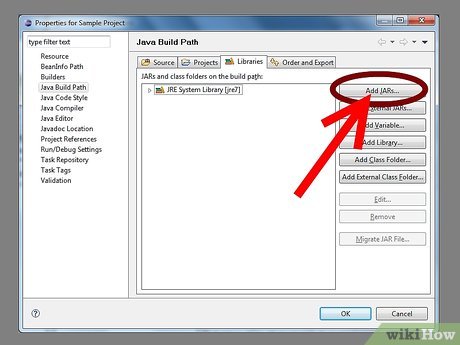
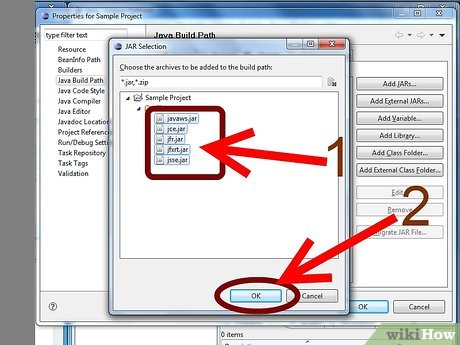
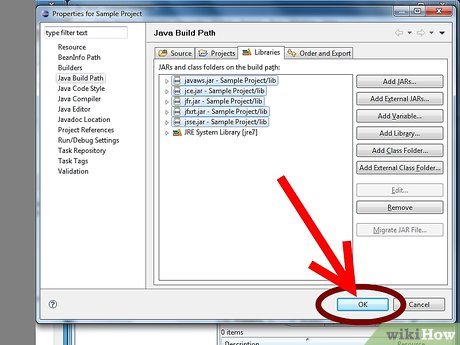


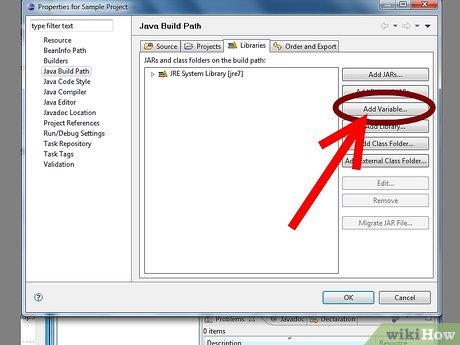
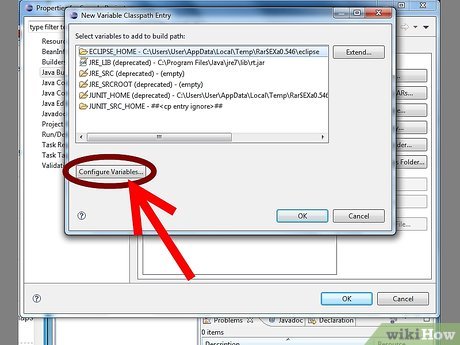
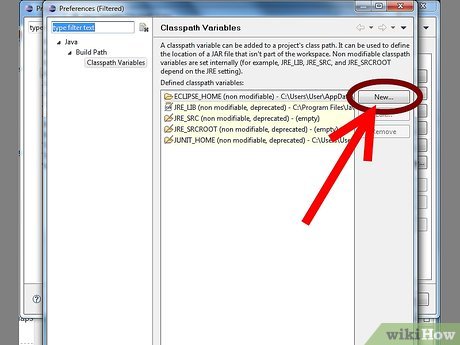
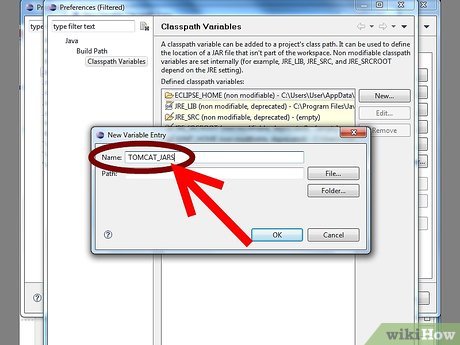
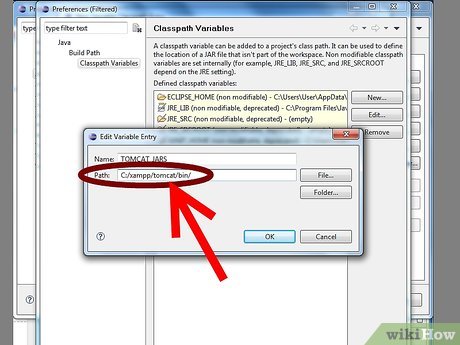
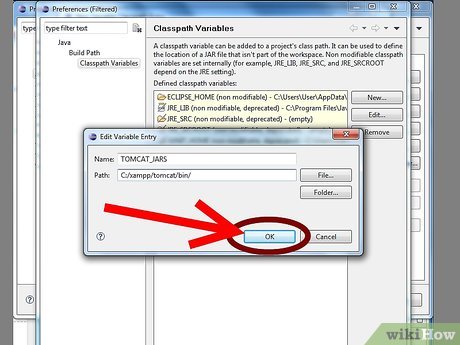

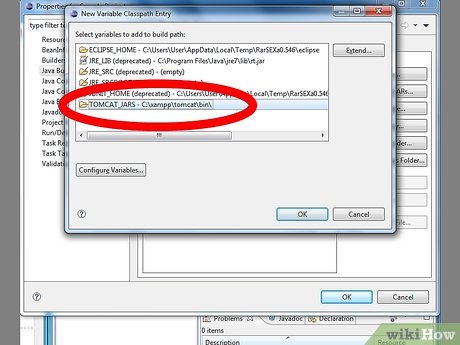







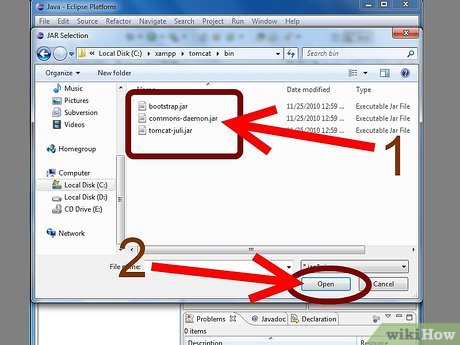
















 How to Copy Files to an External Hard Drive
How to Copy Files to an External Hard Drive How to Extract a JAR File
How to Extract a JAR File How to Open the Hidden Files in a USB Pen Drive
How to Open the Hidden Files in a USB Pen Drive How to Open a Zip File
How to Open a Zip File How to Open 7z Files
How to Open 7z Files How to Copy Your DVDs With Mac OS X
How to Copy Your DVDs With Mac OS X